Melaniparus afer
The Grey Tit, with its distinctive black-and-white head pattern, makes its home in the arid coastal scrub in Lesotho and South Africa. They tend to share parenting duties and forage in flocks of other species.
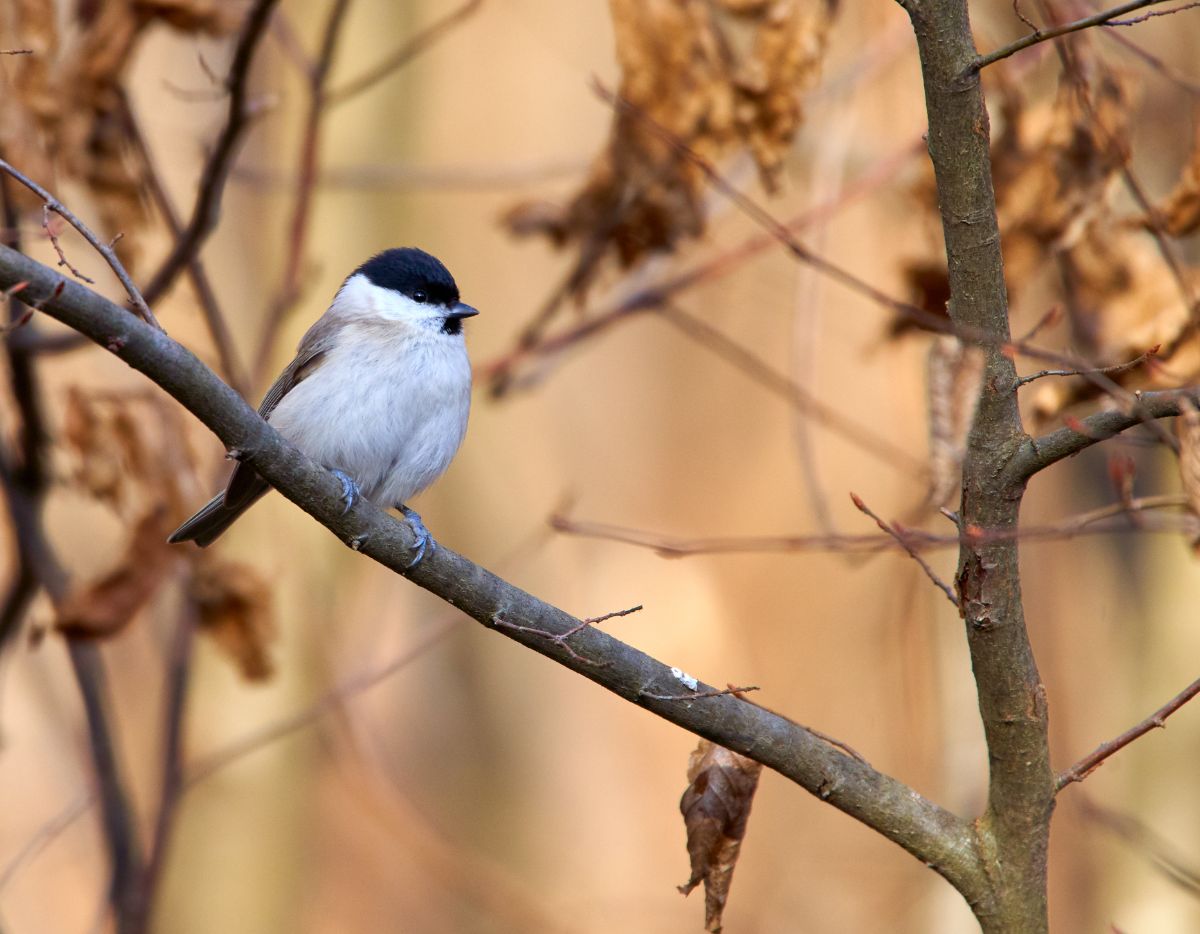
Although they are often confused with their Ashy Tit (Melaniparus cinerascens) cousins, Grey Tits can be distinguished from the other species of tit by looking at several characteristics, including their coloring and habitat.
Contents
Quick Facts
Here’s a brief rundown of the Grey Tit.
Classification
Scientific name: Melaniparus afer
Family: Tits
Conservation status: Least Concern
Measurements
Length: 14-15 cm
Wingspan: 24cm
Weight: 17-22 g
What Does a Grey Tit Look Like?
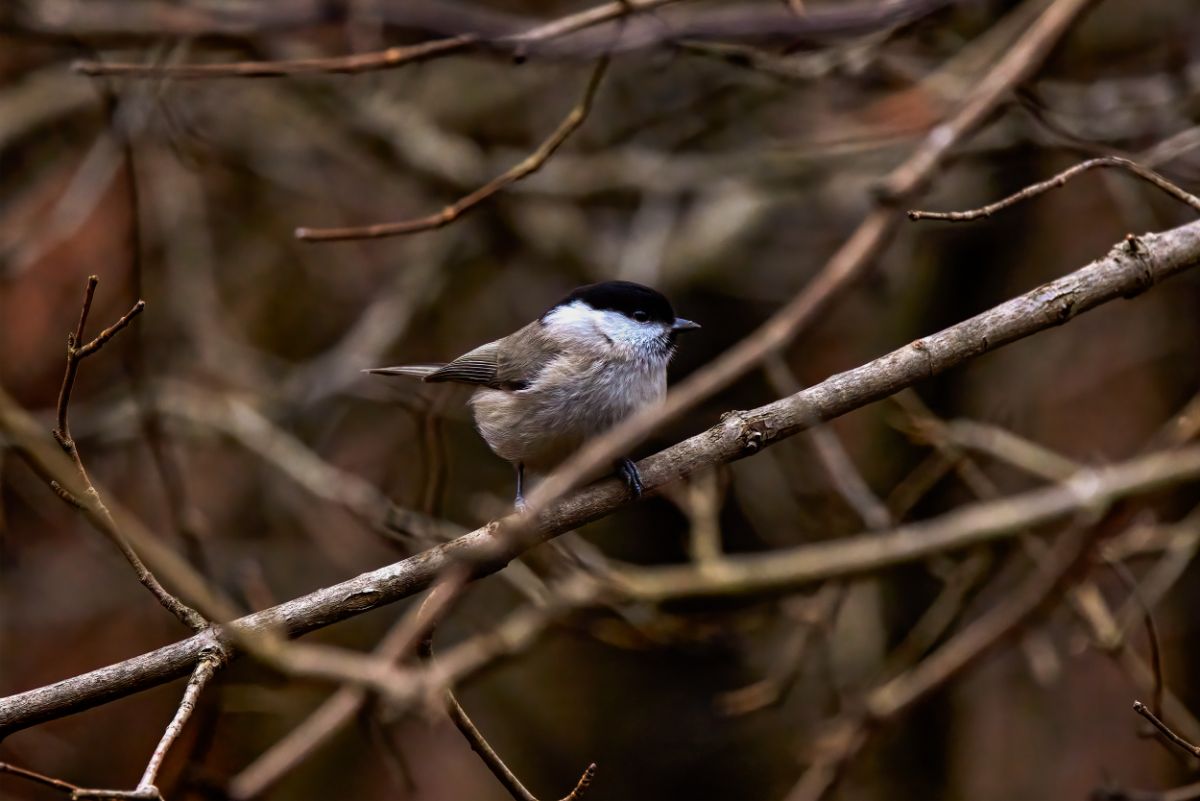
Grey Tits are large, grey-brown in color, with white cheek stripes and a black bib down their chest. Their buff underparts are more brown than grey and have tan wing edgings.
Males have a buffy or greyish-white nuchal patch or collar, a black forehead to the crown (to below the eye), and a neck that is somewhat azure blue in young plumage.
While females and males are similar, females have a darker crown, a duller bib, typically less pointed on the lower border, and a narrower ventral line or sternum.
Young Grey Tits look similar to the female but have a browner tail, duller brown upper parts, and a darker brown bib.
First-year birds are distinguished from adults by their plumage, a mixture of new and older feathers.
The Grey Tit has slightly browner plumage, buffier underparts, and a shorter tail than its cousin, the Ashy Tit.
What Does a Grey Tit Sound Like?
The Grey Tit’s call comprises a series of thin, “tsi-cha-cha” or “tsisisi” sounds. The Ashy Tit makes similar noises during its vocalizations.
The harsh song of their alarm call is a series of short, high-pitched “tchip-tchre” sounds. It resembles the call given by Southern Black Tits but is slightly softer in tone.
The sound of a Grey Tit’s song sounds like the repeated phrases of a True Thrush: “piet-tjou-tjou, tudi-tudi-tudi,” or “klee-klee-klee, cheree-cheree.”
You’ll often hear them scolding or buzzing loudly at each other. They also chatter and chirp to communicate with their mates.
What Does a Grey Tit Eat?
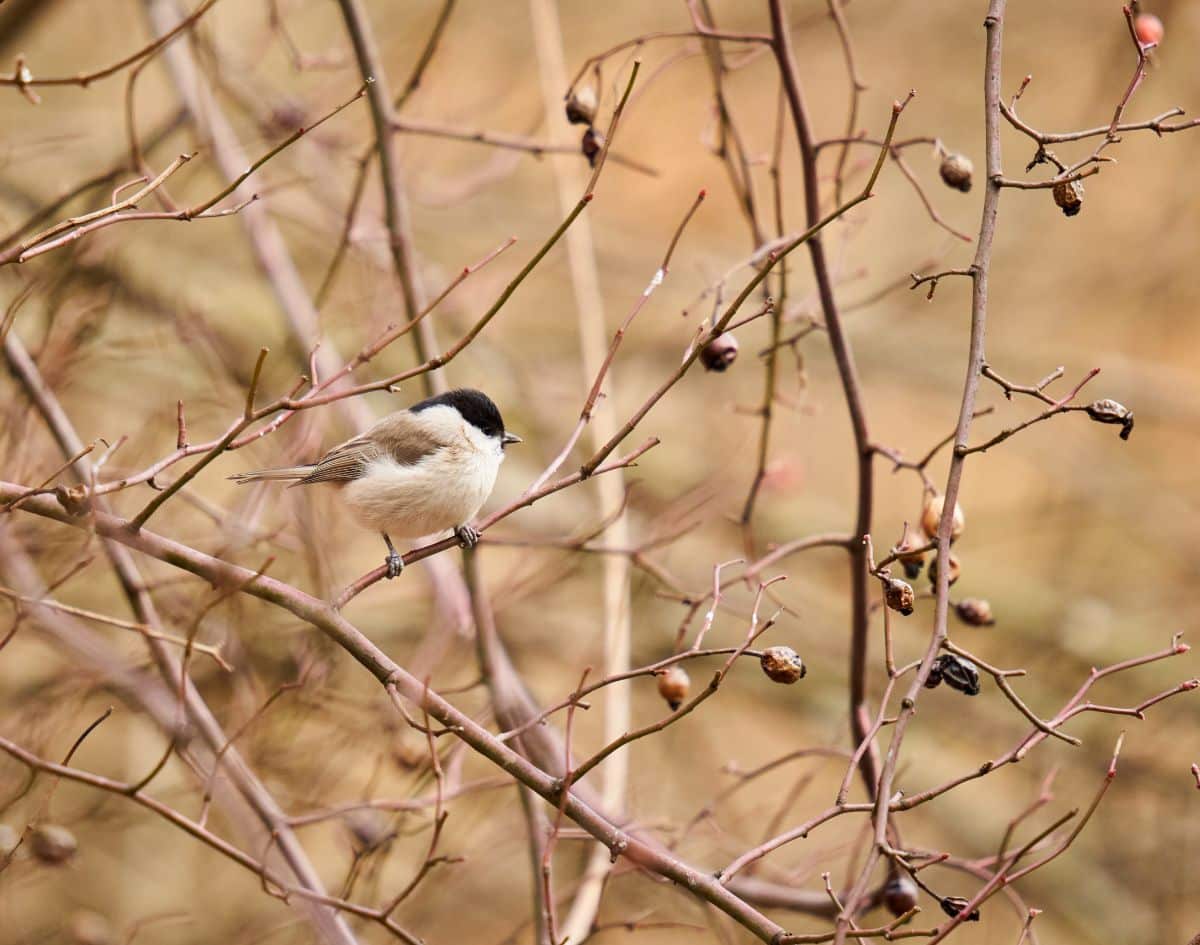
As you might expect from a species found in arid, brushy regions, Grey Tits are omnivores.
The Grey Tit mostly eats animals that don’t have backbones, like wasps, ants, beetles, and spiders. They eat moth larvae, including those up to 4 cm in length. They also consume the fruit of honey thorns.
They can find prey hidden under the bark of lower branches and the trunks of taller trees by hanging upside down and opening things on the undersides of branches.
These smart birds hammer or peck at food objects carried on foot. When foraging for insect larvae, they will also make holes in acacia seed pods or camel thorns by pecking at them repeatedly.
Where Can I See Grey Tits?
Grey Tits are hard to find, but they’re not impossible. They’re so hard to find that it wasn’t until 2013 that ornithologists realized they were a completely different species belonging to the same family as the Great Tit and Ashy Tit.
Grey Tits are birds that live in dry, thorny scrub—including semi-desert areas and brush or scrubby patches. They also live in fynbos, a type of vegetation in South Africa.
Grey Tits Tits prefer to live in open rocky terrain with gorges and dry riverbeds. They prefer lower-growth areas of vegetation over trees, like in the arid Karoo region of South Africa and Namibia. If you see them there, you’ll need some luck because their range is small.
Grey Tits avoid the wetter parts of the mountain ranges east of Cape Town and stick to rocky habitats.
Signs and Spotting Tips
Grey Tits can be challenging to identify because they appear very similar to their cousins, the Ashy Tit. If you’re in the forest or savannah, chances are that if you’ve seen a bird with cold-grey feathers, it’s an Ashy Tit and not a Grey Tit.
The Ashy Tit is found in the arid savanna or forest, while the Gray Tit lives in drier coastal scrub and Karoo.
Look for Grey Tits in rocky areas, including slopes, with moderate to thick shrub cover in Lesotho. They search through the foliage of bushes, low shrubby trees, and rocky outcroppings to find food.
They can be found in groups of two to six. They have also been seen in mixed-species foraging flocks with Black-chested Prinia, Rufouseared Warbler, and Cape Penduline tit, among others.
How Does A Grey Tit Breed?
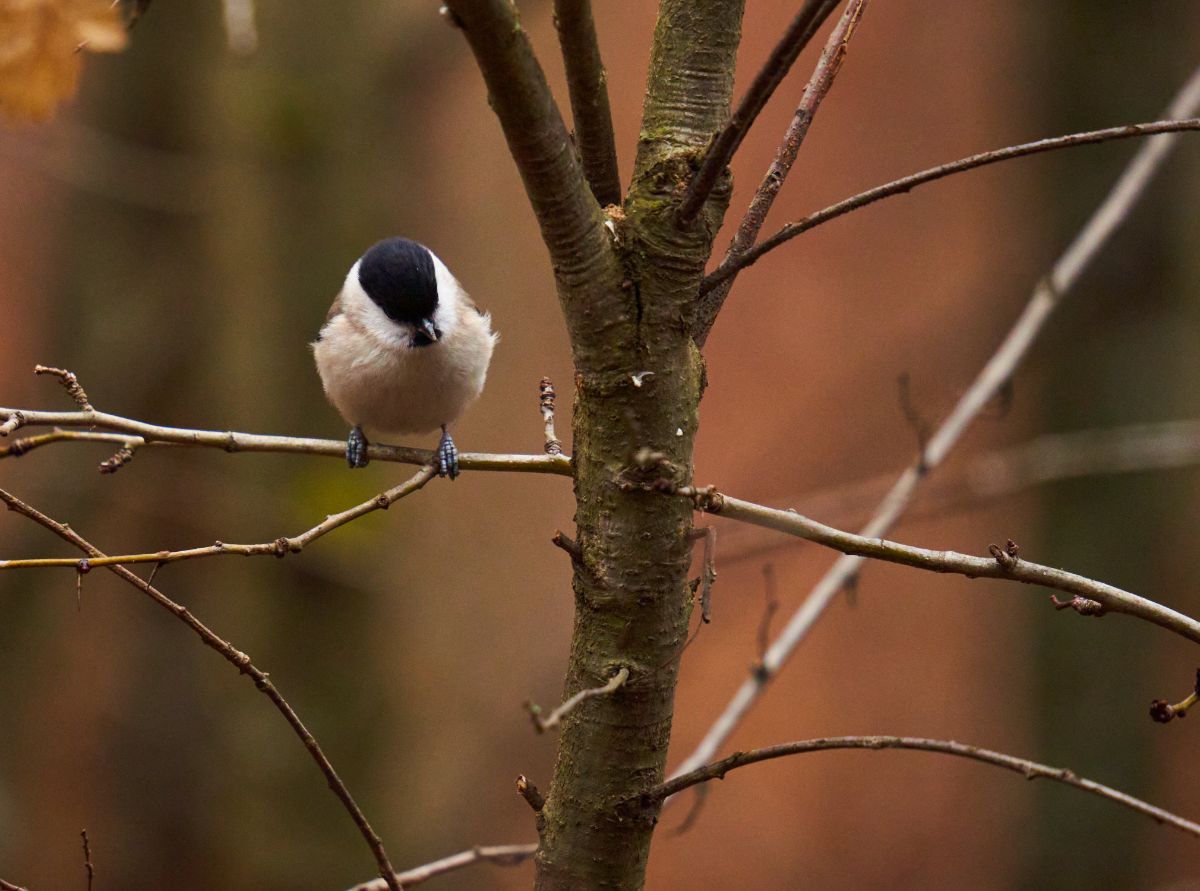
The Grey Tit breeding season is from August to March, and they lay eggs between August and October.
The pair will often use grass, animal hair, and feathers to build a nest in a rocky outcropping or a man-made structure. The cup-shaped home is usually found in holes or cracks in rocks, but you can also find it under culverts or drainpipes.
The female lays a clutch of 2 to 5 eggs, which she incubates for 14 days. After they hatch, chicks are fed by more than one adult, which seems to be a trait shared by cooperative breeders.
How Long Does A Grey Tit Live For?
You might be surprised to learn that the average lifespan of a Grey Tit is four years. The longevity of a Grey Tit depends on its environment. It is not endangered but can be affected by habitat loss and degradation.
Do Grey Tits Migrate?
No evidence suggests that Grey Tits migrate or move away from the nesting site. They are year-round residents, meaning they will spend their entire lives in one place.
Threats and Conservation
The Grey Tit is not currently at risk, but it does face potential threats in the future.
The population is stable, but this could change depending on several factors. Climate change and habitat shifting in the future could affect food sources and breeding patterns.
What is a Group of Grey Tits Called?
While there are no specific collective nouns for a group of Grey Tits, you can still use tit-specific nouns such as dissimulation of tits, a murmuration of tits, or banditry of tits.
Taking Flight
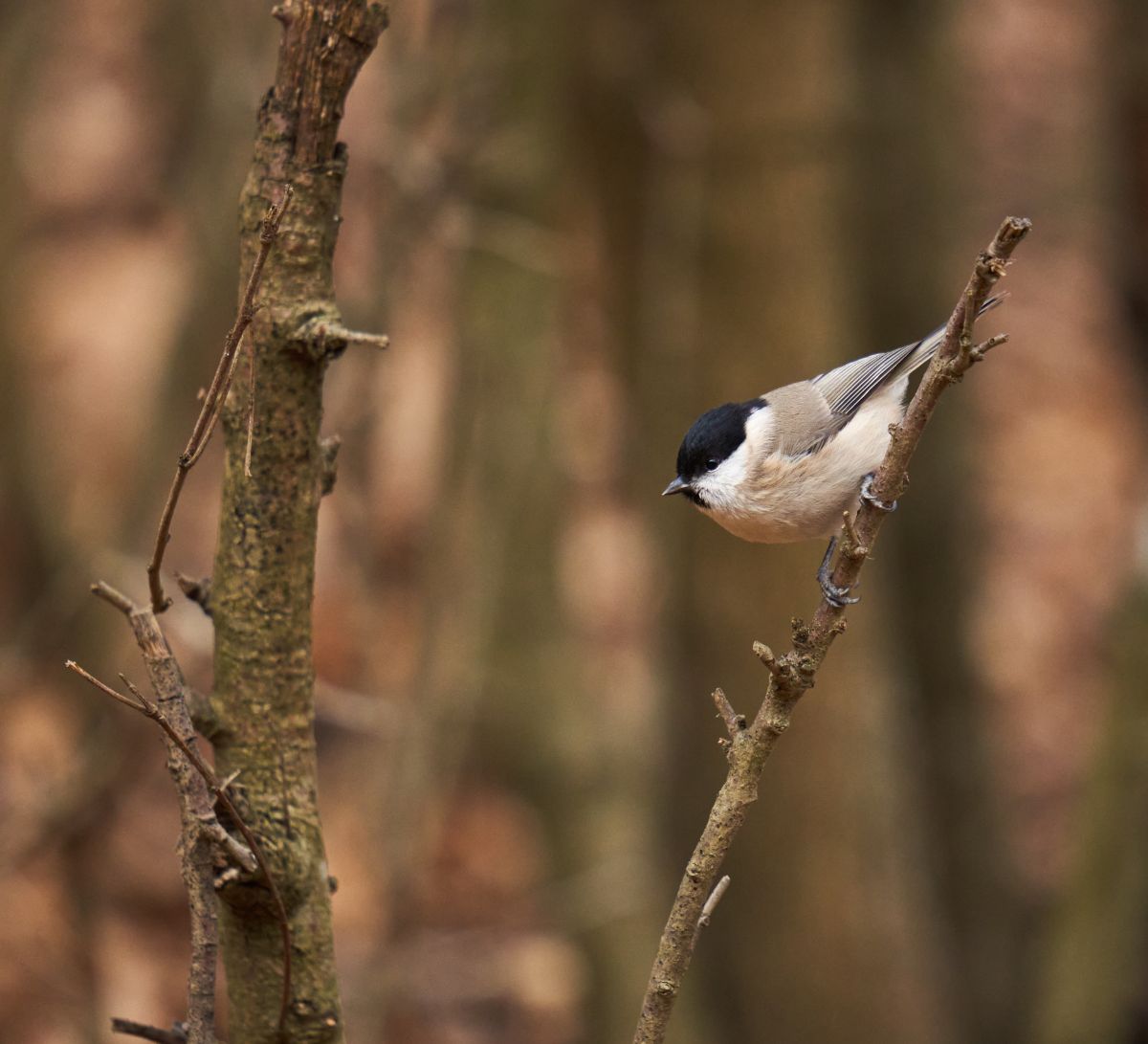
Now you know everything there is to know about the Grey Tit, you’ll be able to appreciate these birds when you spot them out in the wild. Enjoy their vibrant call!
